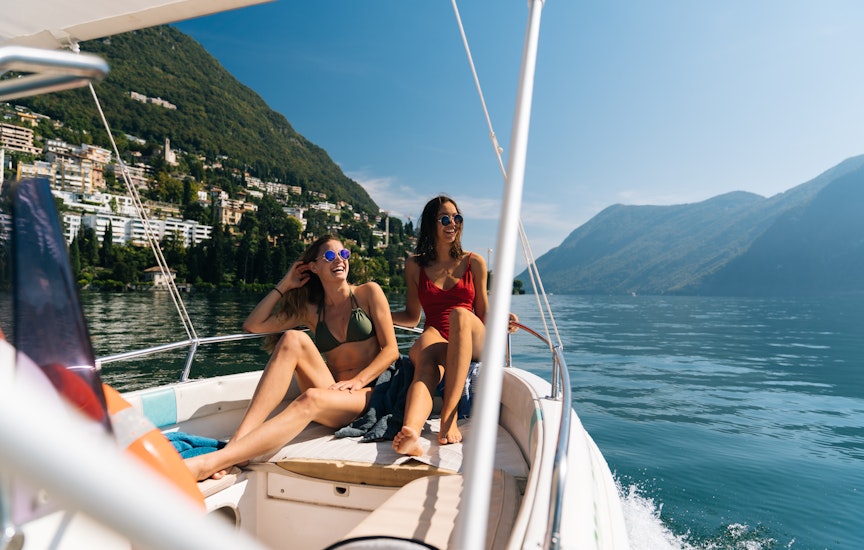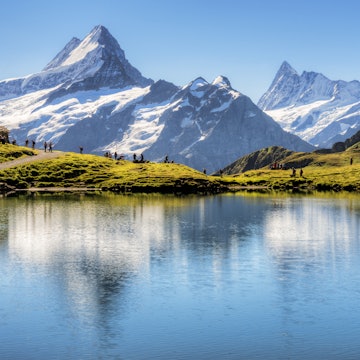

Pete Seaward
Overview
Nature works on an epic scale here. Whether you’re hiking in the shadow of the fearsome north face of Eiger, carving powder on a crisp winter’s morning in Gstaad, or gawping at the misty Staubbach Falls, the Swiss Alps don’t get more in-your-face beautiful than this. Nowhere are the resorts quainter, the peaks higher, the glaciers grander. Fittingly watched over by Mönch (Monk), Jungfrau (Virgin) and Eiger (Ogre), the Bernese Oberland sends spirits soaring to heaven.
Leave the planning to a local expert
Experience the real Bernese Oberland. Let a local expert handle the planning for you.
Must-see attractions
in partnership with getyourguide

















